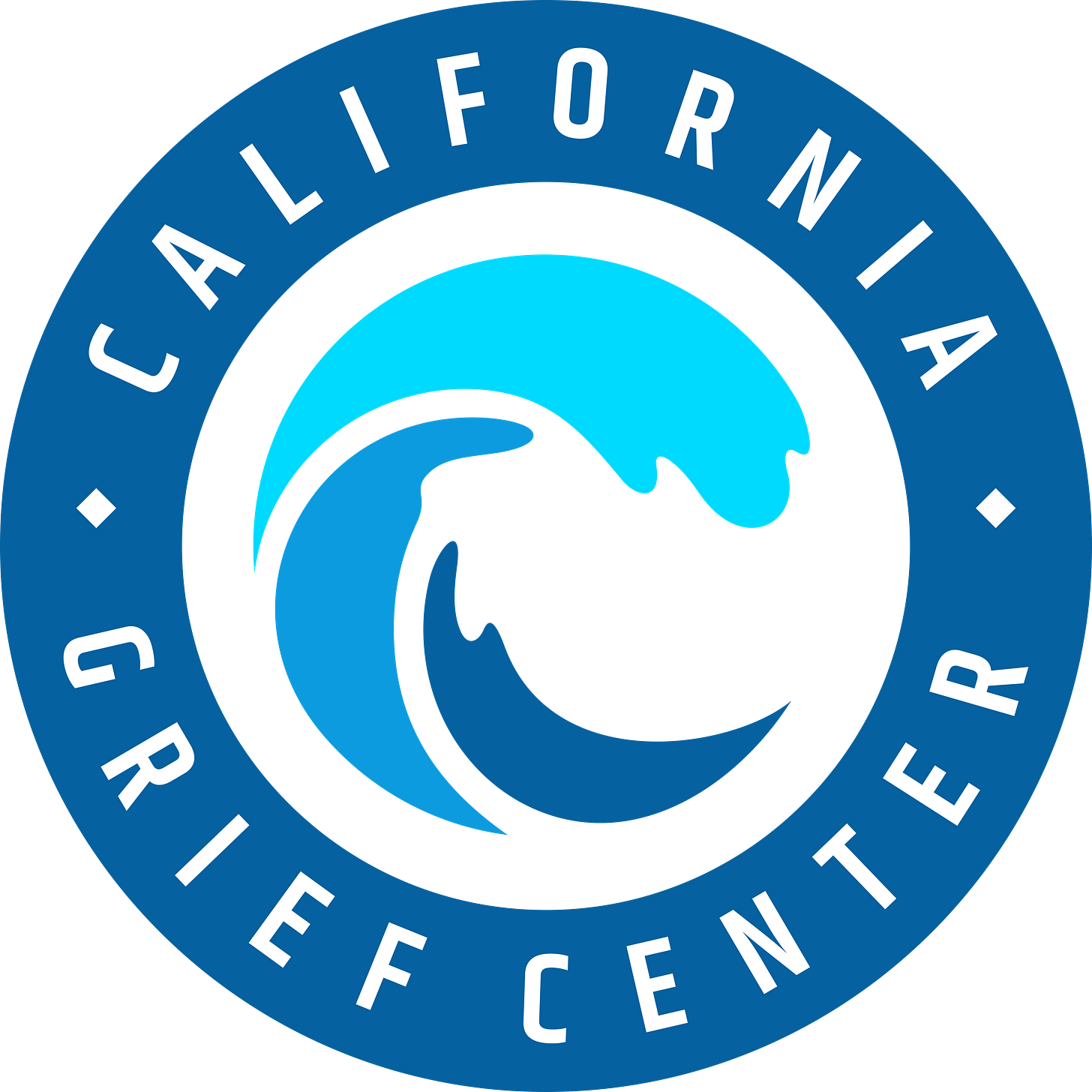By Brian Stefan, LCSW
California Grief Center | The Grief Wave
🌊 TL;DR
Dreams cross borders faster than people, creating both opportunities and psychological challenges. While a teenager in Nairobi can now access the same entrepreneurship content as someone in Silicon Valley, the infrastructure to support those dreams varies dramatically. This creates what researchers call aspiration inequality: the condition where global media generates universal desires but economic and social structures provide unequal capacities to fulfill them.
We now know:
Global media creates shared aspirations while economic opportunities remain geographically concentrated
Some imported dreams drive positive innovation and economic development in new contexts
Others create psychological distress when local structures can't support global ambitions
Communities that adapt global inspiration to local contexts often see better outcomes
The most sustainable aspirations tend to bridge global knowledge with local application
The question isn't whether to embrace or reject global dreams, but how to navigate the gap between universal inspiration and particular circumstances.
Facing the Dreams Together
Nigerian entrepreneur Sim Shagaya adapted Silicon Valley e-commerce models to build DealDey, one of Nigeria's early tech success stories before its sale to Ringier Africa in 2019. Shagaya had consumed the same entrepreneur documentaries as his global peers but succeeded by solving specifically Nigerian problems: payment systems for the unbanked, logistics for informal markets, trust mechanisms for first-time online shoppers.
His story illustrates both the promise and complexity of global aspiration. The same media that spreads potentially unrealistic expectations also transmits knowledge, networks, and models that can drive real innovation when thoughtfully adapted to local contexts.
This dynamic now affects millions of young people worldwide who consume identical success narratives but face vastly different structural constraints.
Part I: How Dreams Travel Now
Digital platforms have expanded how aspirations form and spread beyond locally visible opportunities. YouTube entrepreneur channels reach Lagos and Silicon Valley simultaneously. LinkedIn career advice circulates globally. Instagram lifestyle content creates shared reference points across continents.
This represents a shift from previous eras when aspirations were primarily shaped by observable local role models. A university student in rural Guatemala can now access Harvard Business School case studies online, follow venture capitalists on Twitter, and watch documentaries about successful startups.
Anthropologist Arjun Appadurai describes this as "mediascapes": flows of images and narratives that shape imagination across cultural boundaries. These mediascapes democratize access to information while economic opportunities remain geographically concentrated, creating new forms of psychological and social tension.
Yet this same connectivity has also enabled unprecedented knowledge transfer, cultural exchange, and economic opportunity for those able to bridge global inspiration with local application.
Part II: The Success Story Pipeline
Several achievement narratives have achieved remarkable global reach:
Tech Entrepreneurship: The Silicon Valley model has inspired startup ecosystems from Tel Aviv to São Paulo. Cities like Bangalore, Nairobi, and Lagos have built thriving tech sectors by adapting these models, creating solutions for local markets while accessing global capital networks.
Creative Economy: Platforms like YouTube and TikTok have enabled creators worldwide to build global audiences. Nigerian Afrobeats artists now reach international markets directly. Korean entertainment has become a major cultural export through strategic combination of global production techniques with distinctly local cultural elements.
Individual Brand Building: The rise of personal branding and "follow your passion" career advice has spread through business media and social platforms, though this narrative assumes economic flexibility and cultural attitudes toward self-promotion that vary significantly across contexts.
The challenge emerges when the infrastructure supporting these success stories (venture capital networks, digital advertising markets, intellectual property protections) exists unevenly across regions. Knowledge travels freely, but supporting systems do not.
Part III: The Psychology of Aspiration Gaps
When global aspirations meet local limitations, several distinct psychological patterns emerge:
Productive Adaptation: Some individuals use the gap between global inspiration and local opportunities as motivation for innovation. Constraints force creative adaptation that can lead to novel solutions. M-Pesa's success in Kenya demonstrates how local constraints can drive innovative solutions that eventually reach global markets.
Chronic Dissatisfaction: Others experience persistent inadequacy when comparing achievements to global rather than local standards. A successful local business owner may feel unsuccessful because their company doesn't match Silicon Valley growth metrics, despite creating significant local value and employment.
Identity Negotiation: Young people navigate between traditional local markers of success (stable employment, family formation, community respect) and imported global ideals (entrepreneurship, creative careers, location independence). For women and marginalized groups, global models sometimes provide liberation from constraining local traditions, while for others they create additional pressure and confusion.
Emerging research suggests that healthiest outcomes occur when individuals can integrate global inspiration with local application rather than feeling forced to choose between them entirely. The ability to maintain what researchers call "glocal identity" (connection to local community while engaging productively with global opportunities) appears protective against anxiety and depression associated with rapid social change.
Part IV: Adaptation Success Stories and Mental Health Outcomes
Several communities have developed effective approaches to managing aspiration inequality, with measurable impacts on psychological wellbeing:
Innovation Ecosystems: Cities like Medellín, Colombia, and Kigali, Rwanda, have built innovation hubs that combine global knowledge with local application. These ecosystems provide pathways for residents to pursue globally-inspired careers while contributing to regional development, reducing the psychological tension between individual ambition and community responsibility.
Cultural Synthesis Models: K-pop succeeded by combining global pop music production with distinctly Korean cultural elements. This approach has been replicated across various industries, allowing creators to access global markets while maintaining cultural identity and local relevance.
Educational Bridging Programs: Institutions like the African Leadership Academy explicitly teach students to adapt international business models to local contexts. Graduates report higher life satisfaction and lower career anxiety compared to peers who received either purely traditional or purely global-oriented education.
These successful adaptations share common elements: they embrace global knowledge while maintaining strong local relevance, and they build supporting infrastructure rather than simply importing aspirations. Communities that celebrate diverse paths to success (both traditional and innovative) provide better psychological support for individuals navigating between global aspirations and local opportunities.
Part V: Building Practical Bridges
Sustainable responses to aspiration inequality require addressing both individual adaptation and structural constraints:
Targeted Educational Innovation: Programs teaching entrepreneurship through local case studies alongside global examples help students understand universal principles and contextual adaptation requirements. For example, business schools in East Africa now include modules on mobile money systems and agricultural value chains alongside traditional MBA curricula.
Financial Infrastructure Development: Microfinance institutions, impact investors, and alternative funding models provide capital for locally relevant innovations. Organizations like Kiva and Grameen Bank have demonstrated how global capital can support local entrepreneurship when channeled through appropriate institutions.
Network Building with Local Anchoring: Connecting local innovators with global networks while maintaining community roots helps individuals access resources without requiring complete geographic relocation. Programs like Endeavor Global provide mentorship and capital connections while encouraging entrepreneurs to remain in their home markets.
Policy Support for Innovation: Governments investing in digital infrastructure, education, and innovation support help citizens access global opportunities while building local capacity. Estonia's e-governance initiatives and Rwanda's technology sector development provide models for this approach.
Rather than generic "media literacy" programs, effective interventions address specific mismatches between global aspirations and local opportunities while building concrete pathways for achieving adapted versions of global dreams.
Closing: Grounded Global Dreams
The globalization of aspirations creates both unprecedented opportunities and new psychological challenges. The same platforms that spread potentially unrealistic expectations also democratize access to knowledge, networks, and markets previously restricted to privileged locations.
Some of the most sustainable dreams appear to be those that travel globally but grow locally: innovations solving local problems while connecting to global networks, creative work celebrating particular cultures while reaching universal audiences, careers contributing to community development while providing personal fulfillment.
This requires contextual adaptation where innovations combine global knowledge with deep local understanding, and community investment where individual success strengthens local institutions. The healthiest outcomes occur when people can maintain realistic timelines for building supporting infrastructure, celebrate multiple models of success rather than privileging only globally recognized achievement, and work collectively to address systemic constraints rather than relying solely on individual effort.
The tangled net carries dreams across all boundaries now. The challenge is learning to plant them in soil that can support their growth while building conditions for more dreams to flourish locally.
The next edition of The Tangled Net arrives next week.
May you move through this week with dreams that inspire without tormenting, aspirations rooted in reality but reaching toward possibility, and wisdom to distinguish between fantasy and achievable vision.
If your own net feels too heavy to hold alone, we're here.
The California Grief Center offers support for individuals, couples, families, and organizations across California and virtually nationwide.
References:
Appadurai, Arjun. Modernity at Large: Cultural Dimensions of Globalization. University of Minnesota Press, 1996.
Arnett, Jeffrey Jensen. Emerging Adulthood: The Winding Road from the Late Teens Through the Twenties. Oxford University Press, 2014.
Florida, Richard. The Flight of the Creative Class. Harper Business, 2005.
Khanna, Parag. Connectography: Mapping the Future of Global Civilization. Random House, 2016.
Pieterse, Jan Nederveen. Globalization and Culture: Global Mélange. Rowman & Littlefield, 2019.
Prahalad, C.K. The Fortune at the Bottom of the Pyramid. Pearson Prentice Hall, 2005.
Sassen, Saskia. Cities in a World Economy. Pine Forge Press, 2012.
Yunus, Muhammad. Creating a World Without Poverty. PublicAffairs, 2007.



